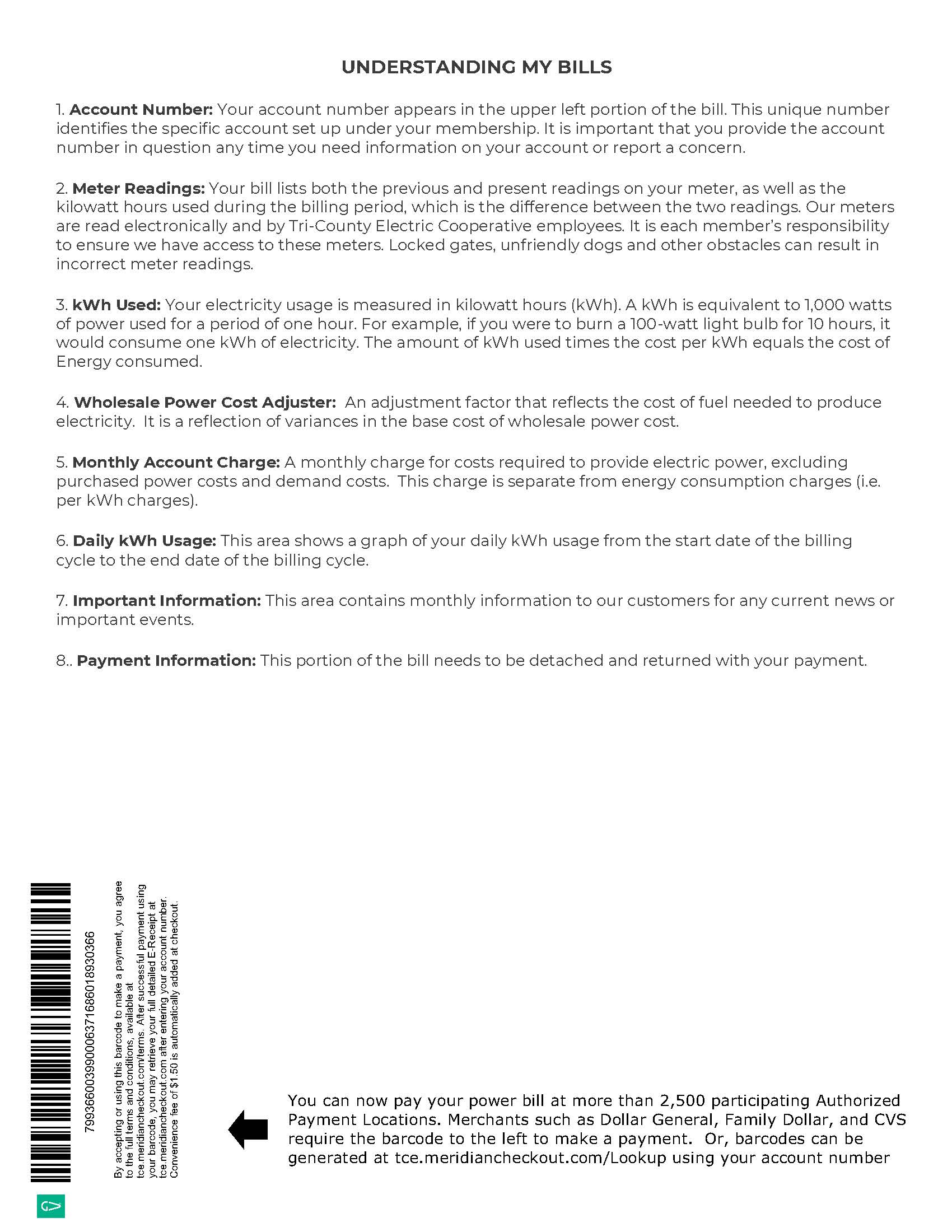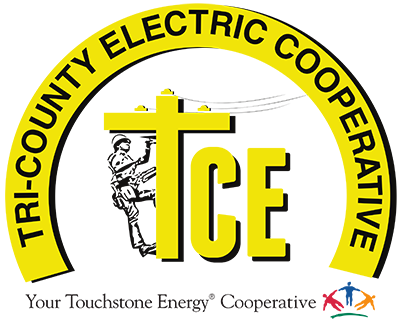Back of The Bill:
This area will be used for general member communication.

Looking for a better understanding of the various components of your energy bill? These two videos explain how energy, demand, and load factor affect your power bill.
Looking for a better understanding of the various components of your energy bill? These two videos explain how energy, demand, and load factor affect your power bill.
